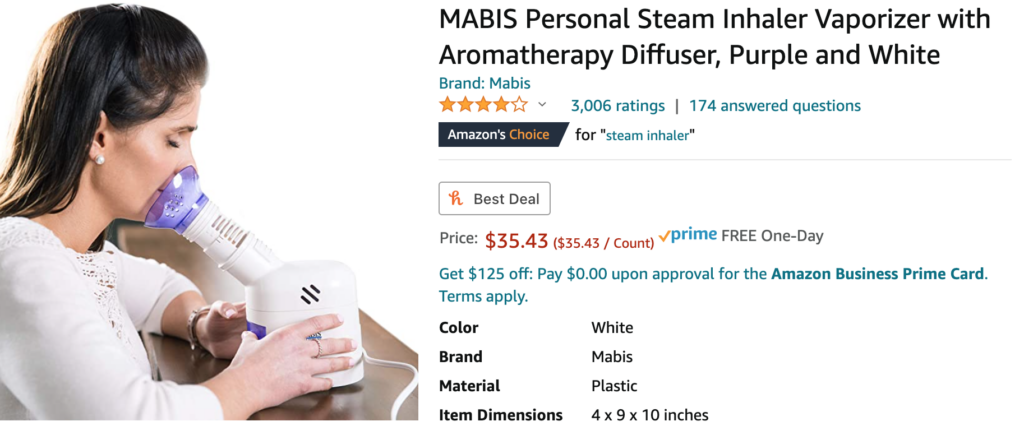What is croup? — “Croup” is the term doctors use for a group of infections that affect the trachea, the main airway through which we breathe. Croup is common in children between 6 months and 3 years of age. It is uncommon after the age of 6 years. Croup causes a cough that sounds like a seal barking. In most children, croup goes away on its own. But some children with croup need to be seen by a doctor or nurse.
What are the symptoms of croup? — Croup usually begins like a regular cold. Children who get croup start off by getting a runny nose and feeling stuffed up. A day or 2 later, they usually:
●Get a cough that sounds like a seal barking or a frog croaking
●Become hoarse (lose their voice or get a scratchy voice)
●Get a fever (temperature greater than 100.4ºF or 38ºC)
●Start having noisy, high-pitched breathing (called “stridor”), especially when they are active or upset
The symptoms are usually worse at night.
Should I take my child to see a doctor or nurse? — Many children with croup do not need to see a doctor. But you should watch for some important symptoms.
Call for an ambulance (in the US and Canada, dial 9-1-1) if your child:
●Starts to turn blue or very pale
●Has a very hard time breathing
●Can’t speak or cry because he or she can’t get enough air
●Is very upset
●Seems very sleepy or does not seem to respond to you
Call your child’s doctor or nurse if you have any questions or concerns about your child, or if:
●Your child’s cough won’t go away
●Your child starts to drool or can’t swallow
●Your child makes a noisy, high-pitched sound when breathing even while just sitting or resting
●The skin and muscles between your child’s ribs or below your child’s ribcage look like they are caving in
●Your baby younger than 3 months has a fever (temperature greater than 100.4ºF or 38ºC)
●Your child older than 3 months has a fever (temperature greater than 100.4ºF or 38ºC) for more than 3 days
●Your child has symptoms of croup that last for more than 7 days
How is croup treated? — The main treatments for croup are aimed at making sure that your child is getting enough oxygen. To do that, the doctor or nurse might give your child:
●Moist air or oxygen to breathe

●Medicines to reduce swelling or open up the airways
The doctor will probably not offer antibiotics, because croup is caused by viruses, and antibiotics do not work on viruses.
Is there anything I can do on my own to help my child feel better? — Yes. You can:
●Sit in the bathroom with your child while the hot water is running in the shower, creating steam. You can also use a humidifier in your child’s bedroom.
●Have your child breathe outdoor air, if it is cold out. You can do this by opening a window for a few minutes. Wrap your child in a blanket to keep them warm.
●Treat your child’s fever with over-the-counter medicines, such as acetaminophen (sample brand name: Tylenol) or ibuprofen (sample brand names: Advil, Motrin). Never give aspirin to a child younger than 18 years old.
●Make sure your child gets enough fluids
●If your child is older than 1 year, feed him or her warm, clear liquids to soothe the throat and to help loosen mucus.
●Prop your child’s head up on pillows, if he or she is over a year old. (Do not use pillows if your child is younger than 1 year.)
●Sleep in the same room as your child, so that you know right away if he or she starts having trouble breathing.
●Keep your child away from people who are smoking. Do not allow anyone to smoke in your house.
How did my child get croup? — Croup is caused by viruses that spread easily from person to person. These viruses live in the droplets that go into the air when a sick person coughs or sneezes.
Can croup be prevented? — You can reduce the chances that your child will get croup by:
●Washing your hands and your child’s hands often with soap and water, or using alcohol hand rubs.
●Staying away from other adults and children who are sick.
●Making sure your child gets all the recommended vaccines, including the flu shot. Get a flu shot for yourself, too.